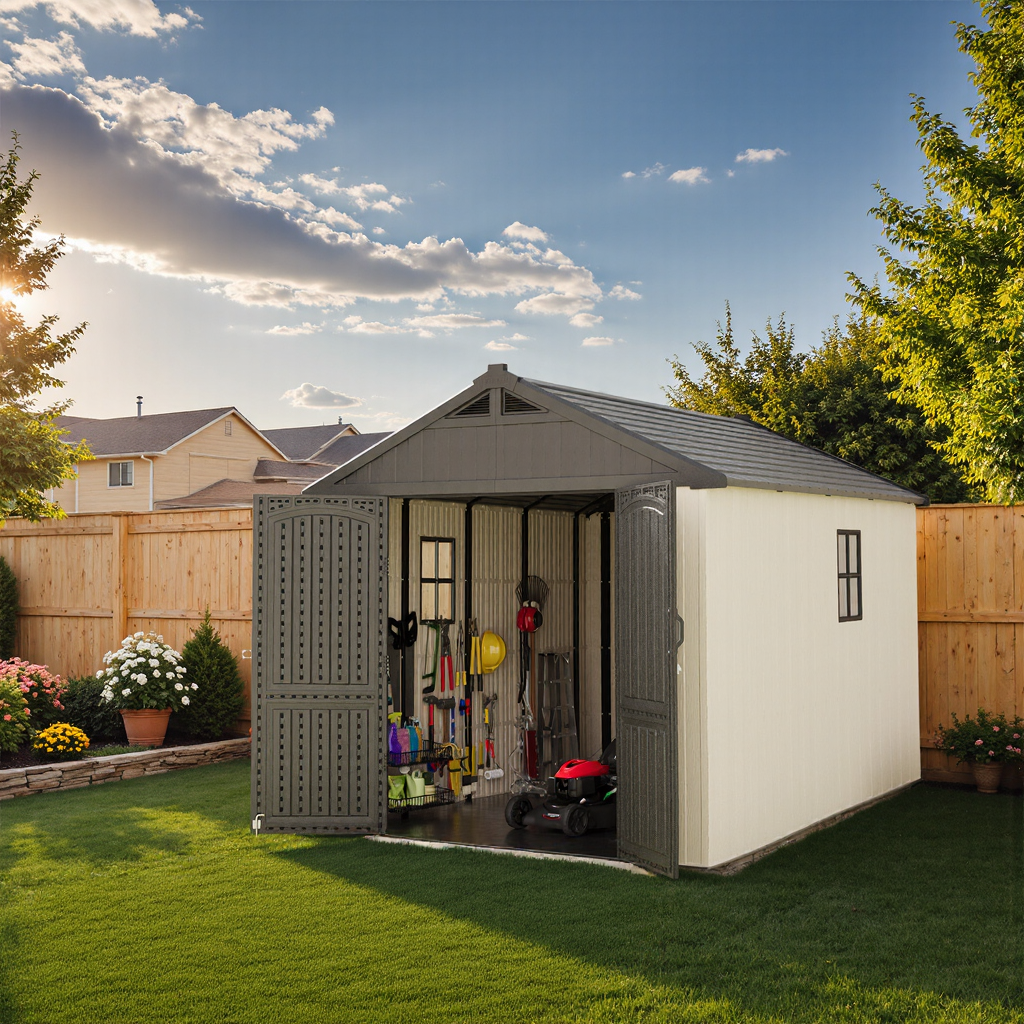Are you wondering how hot is a saunacan be? Finding the right temperature of the sauna can be rather confusing, especially for beginners using the sauna or wanting to derive full benefits from it.
It feels uncomfortable if it is too hot, you may not benefit fully if it is too cool. So, if you are wondering about the best temperature of a sauna to be in, don't worry; this article will help clear that up for you.
In the following guide, we are going to discuss everything from what the best temperature of the sauna is to how the heat will affect you and your sauna experience. This guide will point out the answers for either the beginning or experienced enthusiasts looking to try the heat of a sauna.
Table of Contents:[hide]
What is the Best Temperature for a Sauna?
The best temperature in the sauna is a question of what feels comfortable for you. Most saunas range in temperatures between 150°F to 195°F or a temperature range from 65°C to 90°C.
If you are just starting with saunas, it would be good to start at a relatively lower temperature, about 150°F to 160°F (65°C to 70°C), so your body gets enough time to get used to the heat.
This way, the body can adapt slowly, and when you get more comfortable, you will be able to raise the temperature higher to experience hotter heat.
The key is to relax and not push yourself, just enjoy. If you start to feel dizzy or too hot, that's your sign to lower the temperature. You will know by listening to your body what works for you.
How Important Is Temperature in Sauna Therapy?
Temperature plays a huge role in sauna therapy because it directly dictates the benefits you experience from the session. The proper temperature of a sauna helps the body to initiate perspiration, opening up pores to relax.
The heat increases blood flow within the body, too, which, in turn, reduces muscle tension and relieves stress.
But all these benefits won't be experienced if the temperature is too cool in the sauna. On the other hand, if it is too hot, staying inside may become uncomfortable and dangerous, especially for those who are inexperienced with it.
The balance you would want to strike with sauna therapy is a place where the heat applied is adequate enough to contribute to the detoxification process, relaxation, and rejuvenation of your well-being.
Since the temperature one operates at will affect how the sauna works regarding health effectiveness, one should make sure to be on the right settings.
Variants in Saunas: Temperature Ranges
Not all saunas have the same temperatures, so getting to know their differences may help one choose between them.
- Traditional Finnish Sauna: These normally involve dry heat and are designed from 150°F to 195°F, that is, from 65°C to 90°C. They surely would provide an intense heating experience for those who enjoy really high temperatures.
- Infrared Saunas: These are saunas that involve the use of infrared light to heat your body directly and not heat up the air. These are usually set between 120°F to 140°F or 50°C to 60°C, providing much gentler heat while still offering improved circulation.
- Steam Saunas or Steam Rooms: The sauna makes use of moist heat, and the temperature usually reaches up to 110°F to 120°F or 43°C to 49°C. It could feel more intense even though the temperature is somewhat low due to the humidity of the heat.
- Hot Stone Saunas: These are similar to traditional saunas because they provide dry heat from heated stones. Their temperature is in the range of 150 to 185°F, giving off a moderate amount of heat.
Each of these sauna types differs in the amount of heat they produce, so you can choose which one will be more comfortable for you.
Factors That Influence Temperature in a Sauna
Various factors may determine the temperature in the sauna, thus making a difference in the sensation of heat.
These include:
- Sauna Type: Infrared, traditional, and steam-is distinguished by the different temperature range that allows various perceptions of heat and action in one's body.
- Humidity: Steam saunas or when you add water to hot stones, the humidity makes the air feel hotter. More humidity can also make it harder to breathe, which may affect comfort.
- Your Body's Adaptation: If you are a novice sauna user, then you might prefer lower temperatures, which would feel even more comfortable. As you continue using the sauna, you get to tolerate higher temperatures.
- Room Size and Insulation: the larger the sauna is, the more time it will take to get heated up, and the regulation of temperature may not be that easy. Besides, it is well-insulated, which allows it to maintain its heat steadily.
- Ventilation: Good air circulation within a sauna will keep the temperature even. Poor ventilation will lead to hot spots and temperature discrepancies.
- Temperature Outside: The sauna would take some time to warm up with regard to the weather conditions outside. In the colder days, for example, the rate at which the sauna attains the appropriate temperature may take some time.
These factors can alter the way the sauna feels, so understanding them can help you get the best experience.
Consider what you're using the sauna for
The temperature you set in the sauna depends on what you want to achieve. Your goal can determine the best temperature for you.
- Relaxation: The sauna temperature should be at a moderate level of 150°F to 160°F (65°C to 70°C) if it is for mere relaxation and is comfortable and soothing.
- Detoxification: The best would be a higher-than-usual temperature, which may reach up to 170°F to 195°F (75°C to 90°C), due to the effect of increased sweating that could help in detoxification.
- Muscle Recovery: Temperatures around 150°F to 160°F after a workout can be helpful in relaxing your muscles without feeling too intense.
- Skin Health: Steam saunas with lower temperatures and higher humidity will be good for skin improvement. The moisture helps hydrate your skin.
- Stress Relief: For stress relief and clarity of mind, temperatures that range from a moderate 150°F to 170°F work best. This helps you to relax, and not feel hot.
By reflecting on why you are taking this sauna, you will be able to choose the right temperature for a great experience.
FAQs
What is the average temperature of a sauna for beginners?
For beginners, it is advisable to start with a lower temperature, say around 150°F to 160°F or 65°C to 70°C, so that you get used to the heat without feeling too uncomfortable. You can increase the temperature as you get more used to it.
Can the temperature be changed in every kind of sauna?
You can use some types of saunas-infrared and steam are two examples where the temperature cannot be adjusted, although in some other varieties, such as more traditional ones, you can indeed adjust the temperature. Consult the sauna to see if you have any option to adjust the heat.
What if the sauna is too hot?
You might feel dizzy or uncomfortable if the sauna is too hot. If that happens, it's important to leave the sauna and cool down. Listen to your body, and don't stay if it feels too much.
How does the presence of humidity change in a sauna, and how is this related to perceived heat?
Humidity makes the temperature of the sauna feel much higher than it actually is. In steam saunas, when the air is moist, at even a lot lower temperatures, the heat felt is stronger. High humidity may cause breathing difficulties, so a certain balance is welcomed.
Diana Mason
Hi there! I’m Diana Mason, the chief editor of Patiowell brand. With over 15 years of diving deep into the world of outdoor furniture, I’ve developed a keen eye for what makes outdoor spaces truly special. I love sharing tips and inspiration to help you create your perfect backyard retreat. Our blog is a reflection of my passion and expertise, featuring only the best pieces that I personally vouch for. Thanks for stopping by—I can't wait to help you transform your outdoor living space!








Leave a comment
All comments are moderated before being published.
This site is protected by hCaptcha and the hCaptcha Privacy Policy and Terms of Service apply.